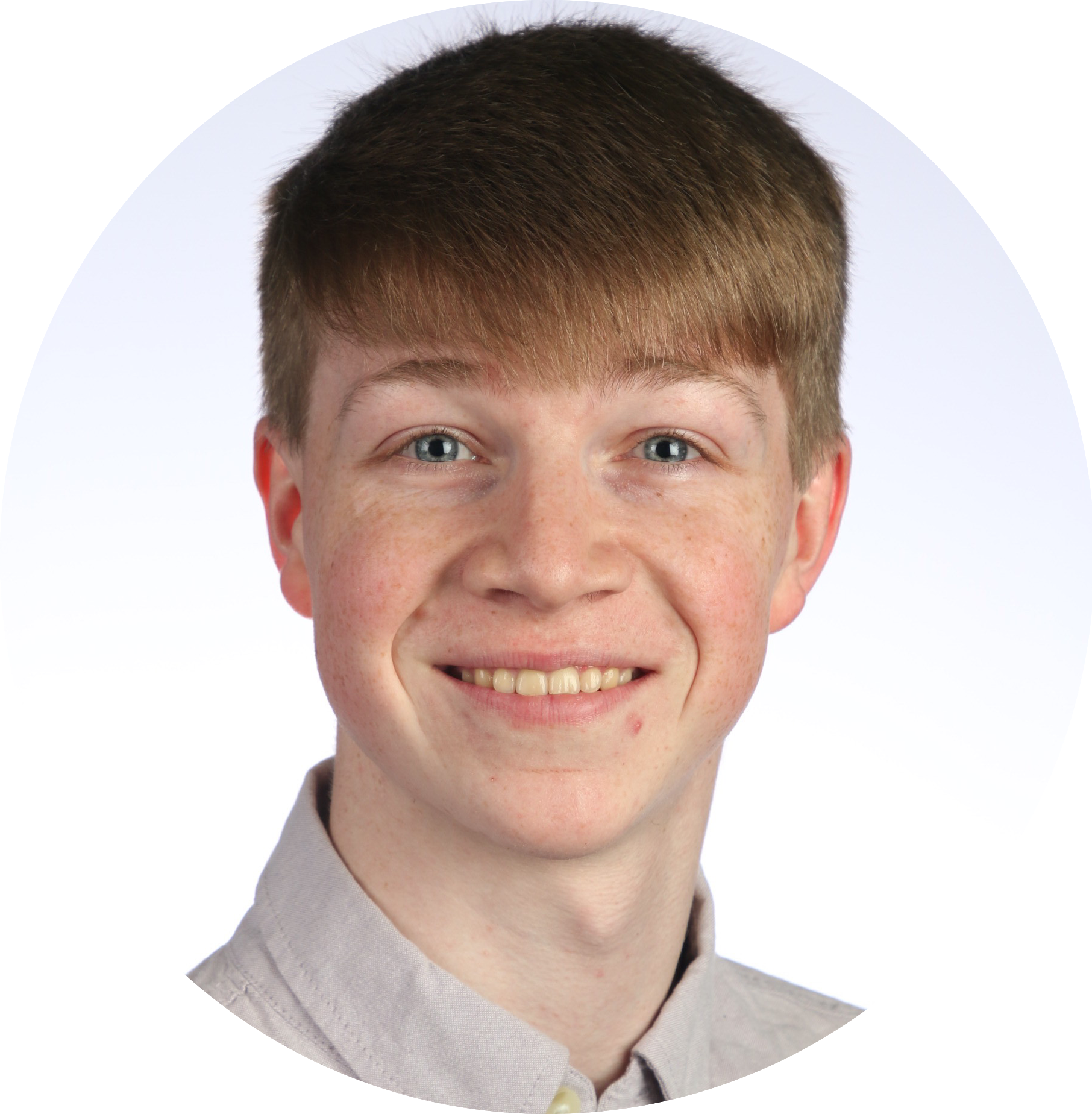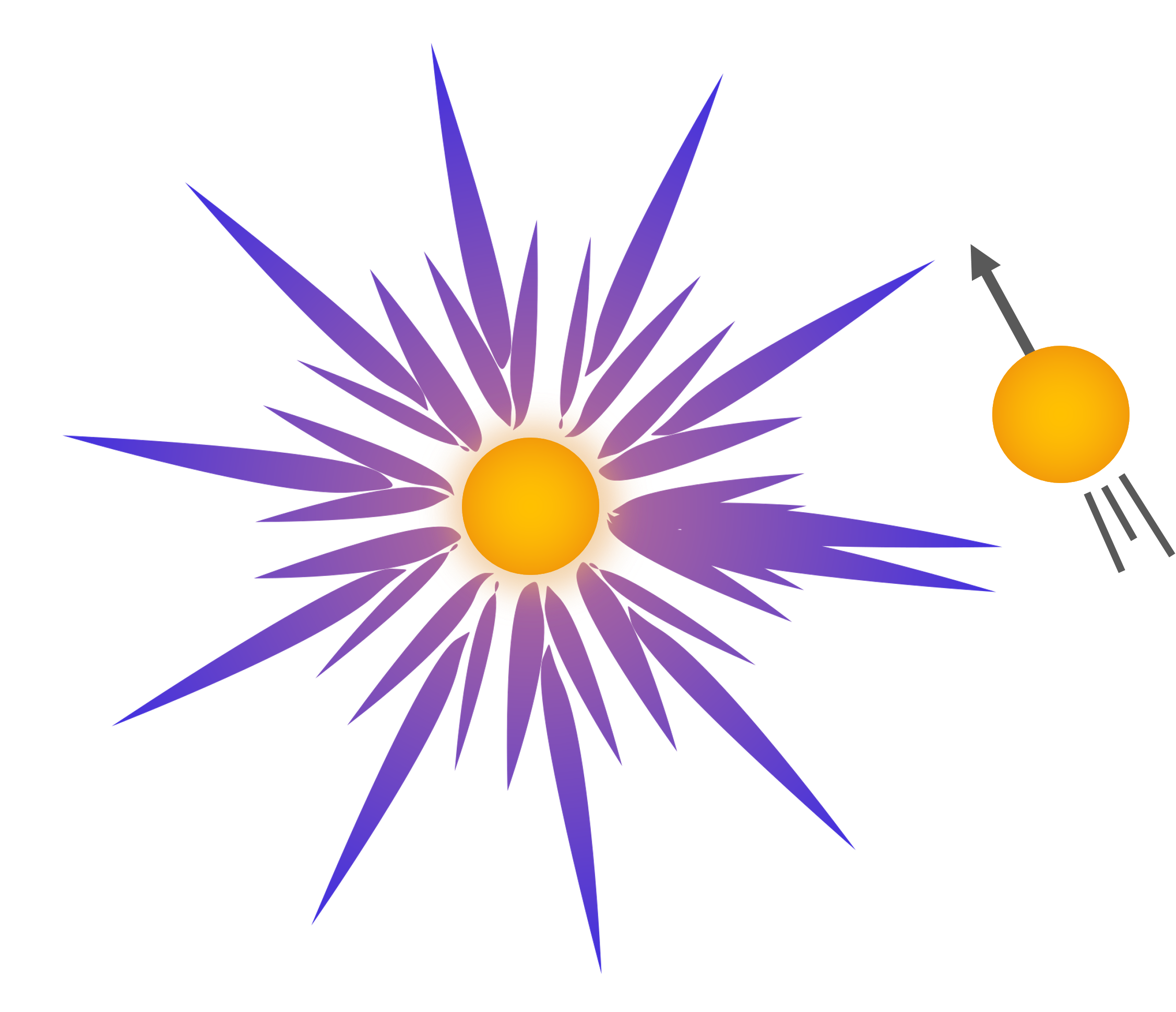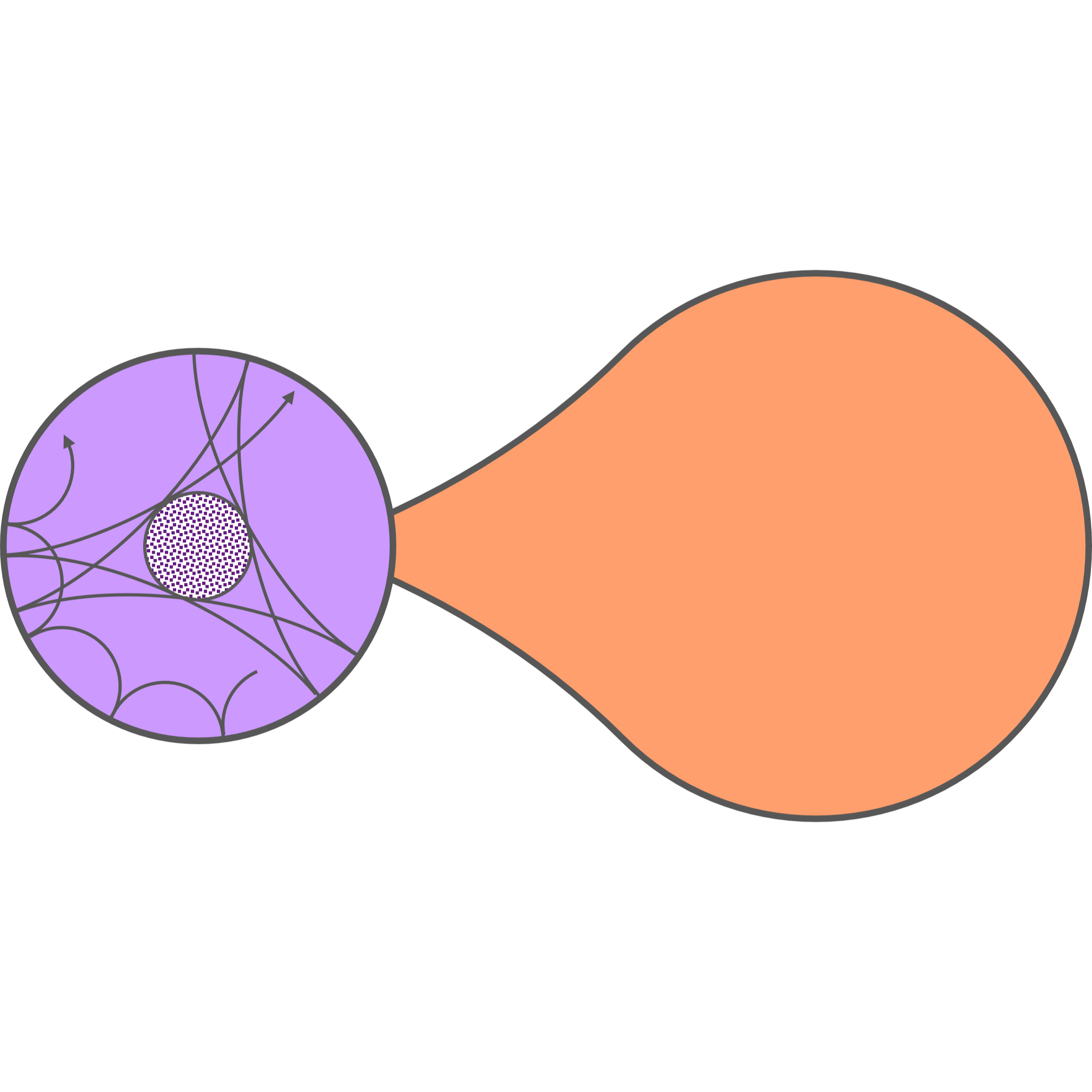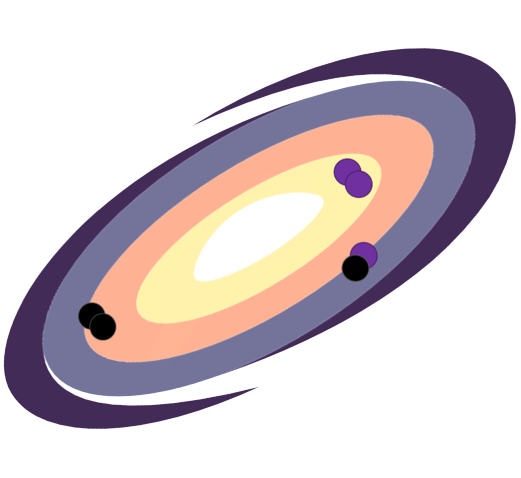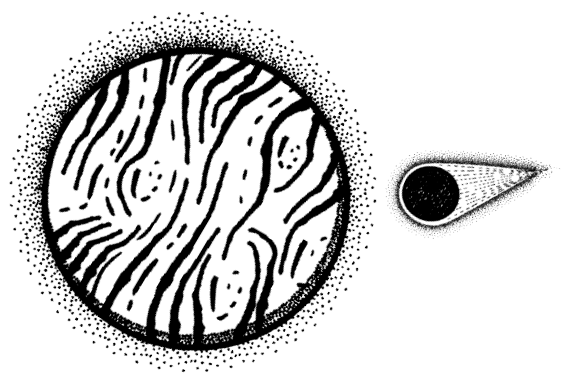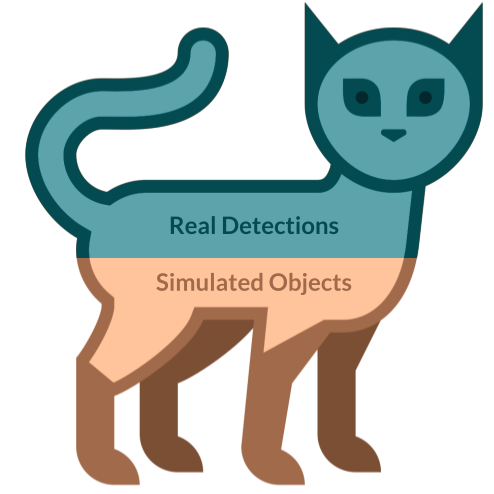LEGWORK is a python package that does the LEGWORK for you by evolving binaries, calculating gravitational-wave strains, computing signal-to-noise ratios for binary systems potentially observable with LISA and visualising the results
My co-authors (Katie Breivik and Selma de Mink) and I have officially released LEGWORK and you can now read the paper on the ArXiv! This package was dreamt up almost entirely independently by both me and Katie, and when we realised that we had the same idea we decided to work together to create
this package!
Our motivation behind LEGWORK was to create a package that was completely open-source, since this would (1) allow seasoned experts to collaborate and suggest new features or improvements and (2) make it easier for newcomers to quickly understand how to make their own predictions. Another motivation was that, by introducing this package to the community, we could create a collaborative code to avoid individual mistakes. We found that many papers
have slightly different pre-factors in their equations, which could lead to very different predictions, so we aim for LEGWORK to provide a central tool and reference for the community to use in order to avoid this confusion.
The installation of the package should be very simple. Just run
pip install legwork
and you're all set! If you have any installation issues you can check out the full instructions
here.
LEGWORK can be used to evolve the orbits of binaries, calculating their gravitational-wave strains, compute their signal-to-noise ratios and visualise the results! I encourage you to check out all of the tutorials, demos and documentation here. Below I've included some plots that demonstrate the sorts of things you could make with LEGWORK. The plot on the left illustrates how eccentricity can affect the detectability of a binary -
some eccentricity can be good for increasing your SNR, but too much can move the GW emission into an area of the sensitivity curve to which LISA is less sensitive! The plot on the right shows the horizon distance for circular binaries over different frequencies and eccentricities. For more information about these plots I encourage you to read the "Use Cases" section of the release paper, in which we discuss them in detail!

